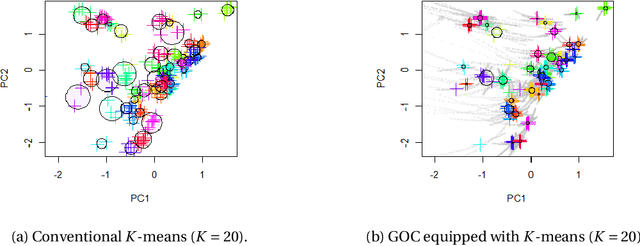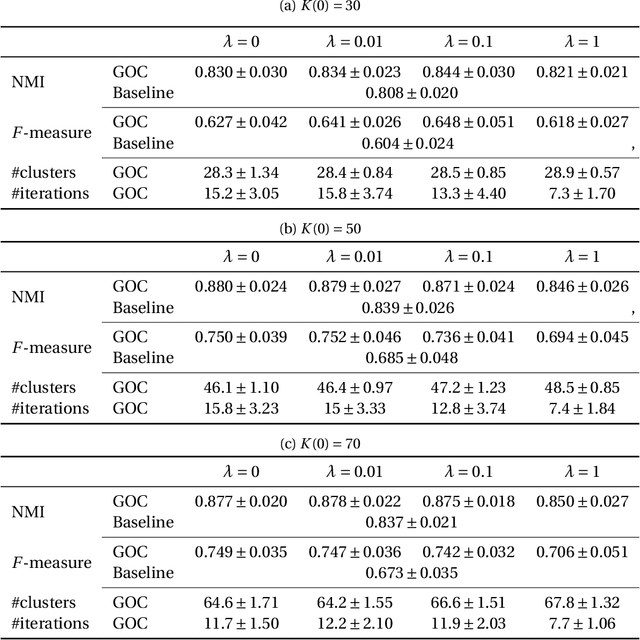Kohei Hattori
Learning from AI: An Interactive Learning Method Using a DNN Model Incorporating Expert Knowledge as a Teacher
Jun 04, 2023Abstract:Visual explanation is an approach for visualizing the grounds of judgment by deep learning, and it is possible to visually interpret the grounds of a judgment for a certain input by visualizing an attention map. As for deep-learning models that output erroneous decision-making grounds, a method that incorporates expert human knowledge in the model via an attention map in a manner that improves explanatory power and recognition accuracy is proposed. In this study, based on a deep-learning model that incorporates the knowledge of experts, a method by which a learner "learns from AI" the grounds for its decisions is proposed. An "attention branch network" (ABN), which has been fine-tuned with attention maps modified by experts, is prepared as a teacher. By using an interactive editing tool for the fine-tuned ABN and attention maps, the learner learns by editing the attention maps and changing the inference results. By repeatedly editing the attention maps and making inferences so that the correct recognition results are output, the learner can acquire the grounds for the expert's judgments embedded in the ABN. The results of an evaluation experiment with subjects show that learning using the proposed method is more efficient than the conventional method.
A Greedy and Optimistic Approach to Clustering with a Specified Uncertainty of Covariates
Apr 18, 2022



Abstract:In this study, we examine a clustering problem in which the covariates of each individual element in a dataset are associated with an uncertainty specific to that element. More specifically, we consider a clustering approach in which a pre-processing applying a non-linear transformation to the covariates is used to capture the hidden data structure. To this end, we approximate the sets representing the propagated uncertainty for the pre-processed features empirically. To exploit the empirical uncertainty sets, we propose a greedy and optimistic clustering (GOC) algorithm that finds better feature candidates over such sets, yielding more condensed clusters. As an important application, we apply the GOC algorithm to synthetic datasets of the orbital properties of stars generated through our numerical simulation mimicking the formation process of the Milky Way. The GOC algorithm demonstrates an improved performance in finding sibling stars originating from the same dwarf galaxy. These realistic datasets have also been made publicly available.
 Add to Chrome
Add to Chrome Add to Firefox
Add to Firefox Add to Edge
Add to Edge